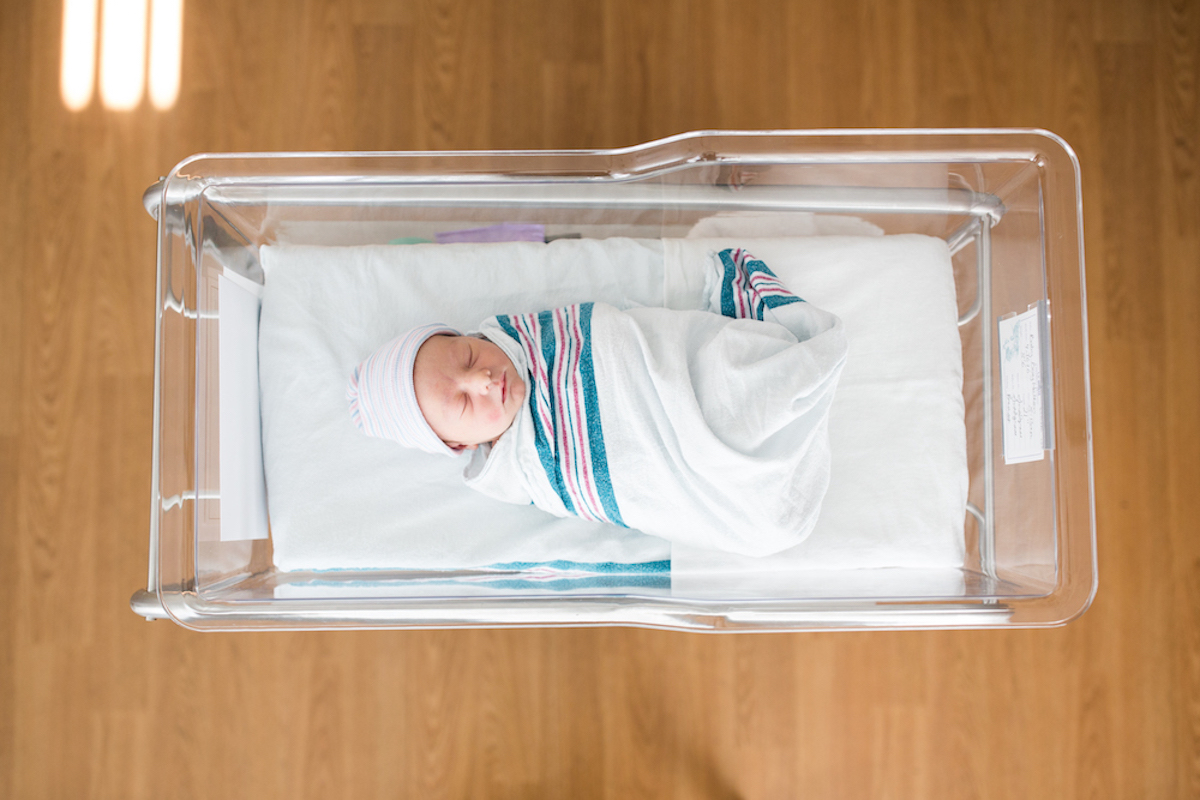I talk a lot about breastfeeding in Cribsheet. The book got the most attention, probably, for messages about the benefits of breastfeeding (more limited than some say) but I also have a whole chapter on how to breastfeed. And, in particular, how to get over some of the hurdles that face at least some of us.
There are many hurdles. For me, at least, among the biggest was THE LATCH. To nurse successfully, a baby has to “latch on” to the breast. And some latches are better than others. A bad latch can lead to low milk output and pain. Lots of pain. Breastfeeding early on is rarely very comfortable, but with a bad latch it can be literally screaming, crying agony.
Why might infants have trouble latching?
Prematurity, illness, or birth injury could be the cause. It could also have to do with their mother’s nipples—some women have inverted nipples that can make latching difficult.
Or maybe your baby hates you! Ha, I’m kidding. It will only feel like that. They don’t really start to hate you until at least age 4 or 5.
In some cases, though, trouble latching is connected with a particular physiological issue: tongue or (less frequent) lip tie. The tongue attaches to the floor of the mouth with a cord called the frenulum. In some people, this cord is very short, which can limit tongue mobility. For infants, this can affect the ability to breastfeed, since the mechanics rely on the tongue. Tongue tie is thought to be reasonably common, and in serious cases can affect speech later in a child’s life. Lip tie refers to a similar (but less common) condition in which the cord that attaches the upper lip to the gums is short, or placed very low, limiting lip mobility.
What can you do about tongue tie?
There is a simple surgical solution to either condition, which is to snip the cord, releasing the tongue or lip and allowing it to move more freely. This surgery, called a “frenotomy” does seem mechanically like it could be effective.
In my casual observation, this seems to have become increasingly common. A number of readers have written to me with the impression that they were being offered this surgery as a general-purpose breastfeeding fix, even with limited evidence of a true tongue tie. And they asked: is there any evidence that it works?
Do frenotomies work?
In fact, the evidence in favor of realized success is fairly limited. A 2017 Cochrane Review finds four randomized trials of this procedure, all of them very small, and only three of which evaluate impact on feeding success. Among these, two showed no difference in feeding success, and one showed improvements. All four studies did show improvements in maternal pain during nursing, although this was self-reported.
This review was out at the time I published Cribsheet and I wrote about it there. My conclusion was that the evidence in favor of this was fairly limited. Although the procedure is safe and fairly minimal, the evidence wasn’t strongly supportive.
I was curious, given my impression about the increase in use of this procedure: had more papers come out in the last year or two after Cribsheet was published? The answer is that there are a couple of small studies from 2019, including here, here and here. But they are all small — I’m talking like 30 cases — and they all use a before/after design. That is, they compare people before and after they had the procedure. There are no controls.
Controls are really important here because breastfeeding tends to get easier over time no matter what you do. I distinctly remember one day when Penelope was about 10 weeks old when this happened for me. Up to that point she would only latch on if I was also walking up and down the hall and also singing one particular song. Also, she would only nurse on the right. Then one day she just seemed to decide that I wasn’t giving up and it got much easier.
Hopefully your baby is more accommodating, but even if they are not breastfeeding does tend to improve with time. But this means that anything you do will tend to improve things. This is strengthened with any “placebo effects”. If you wave a burning stick over the baby and tell parents that this will improve breastfeeding and they believe you, then breastfeeding is likely to get better. Both because of time, and because if people think some treatment will work, it is more likely to (the placebo effect is interesting! But no time for a long discussion now).
So these small studies with the before-after design, which do show improvements in breastfeeding, are really difficult to draw convincing conclusions from. I think where we are now is more or less the same place we were at the time of the 2017 Cochrane Review. Basically, we need more data.
There is some new good news on this front. There is a new trial, the FROSTTIE trial, currently underway in the UK. This trial compares frenotomy plus support to breastfeeding support alone to see if adding frenotomy to the breastfeeding support improves its success. The trial is currently enrolling (although like everything else, enrollment has been slowed by COVID-19). These things take time to analyze. But hopefully, hopefully, in a year or so we’ll know more.

















